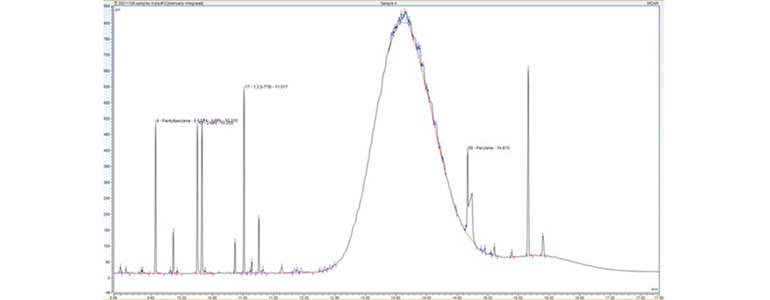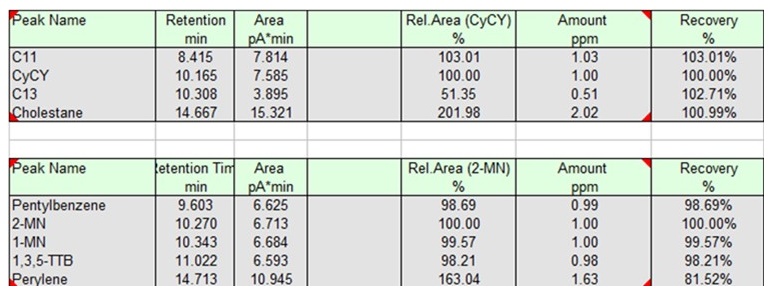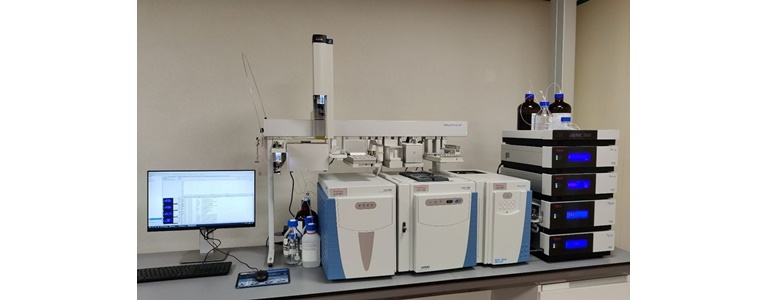The EN 16995:2017 describes: Foodstuff – Vegetable oils and foodstuff on basis of vegetable oils – Determination of MOSH/MOAH with on-line HPLC-GC-FID analysis (from C10 – C50). This European standard was approved by CEN (The European Committee for Standardisation) on March 10, 2017.[1]
“The method has been tested in an interlaboratory study via the analysis of both naturally contaminated and spiked vegetable oil samples and mayonnaise and margarine samples, ranging from 4mg/kg to 196 mg/kg for MOSH, and from 2 mg/kg for MOAH. According to the results in the interlaboratory studies, the method has been proven suitable for MOSH and MOAH mass concentrations each above 10 mg/kg. In the case of suspected interferences from natural sources, the fossil origin of the MOSH and MOAH fraction can be verified by examination of the pattern by GC-MS.” [1]
What are the challenges?
If you need to deliver a certificate of analysis before you can sell your product to the food industry, you already know the issues. However, there are a couple of challenges with determining MOSH/MOAH.

Figure 1: FID chromatogram of a jute bag.
Does this chromatogram look familiar to you? Are you still using Microsoft® Excel® for data treatment, leaving your software foundation and losing track of your data? We have a solution that is fully supported in Chromeleon CDS, and it doesn’t take hours to copy and paste data with our plugin solution. Minimize your errors, time and labor following our automated workflow.

Figure 2: Dual channel FID chromatogram with MOAH in the 1st channel and MOSH in the 2nd channel.
 Figure 3: Fully automated report in Chromeleon CDS.
Figure 3: Fully automated report in Chromeleon CDS.
And now the question is, how do we get there?
The new in combination with the new and the Thermo Scientific™ TriPlus™ RSH SMART, is your combination of choice to generate MOSH/MOAH data according to the EN 16995:2017 method.
It can be that easy. You simply use Chromeleon CDS, stay in the same software platform and within 10 seconds the quantification is performed, and the results are ready to export. They can be exported into the local LIMS system for data reporting and/or into Microsoft Excel for control. The process is fully automated, and the results are the same in either Microsoft Excel or Chromeleon CDS. This is a proven combination that is already installed in labs across the world.

Figure 4 : Photo of the integrated system in the lab.